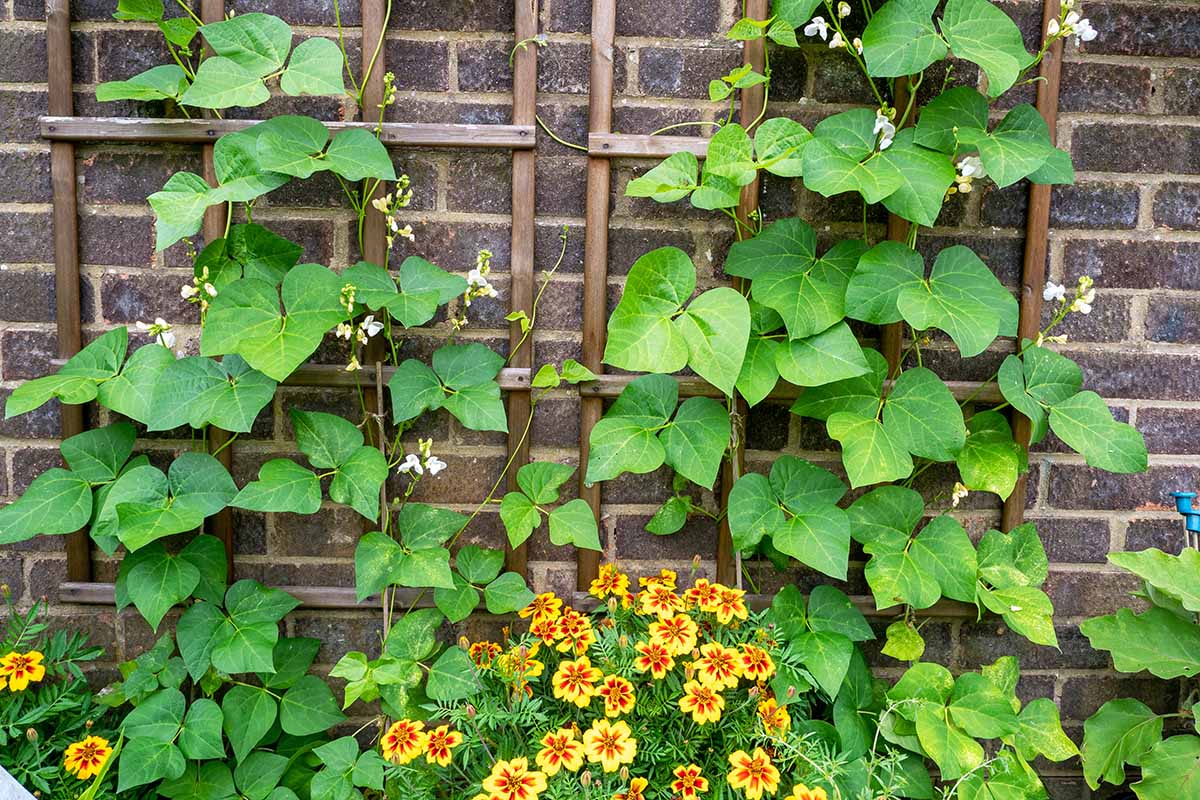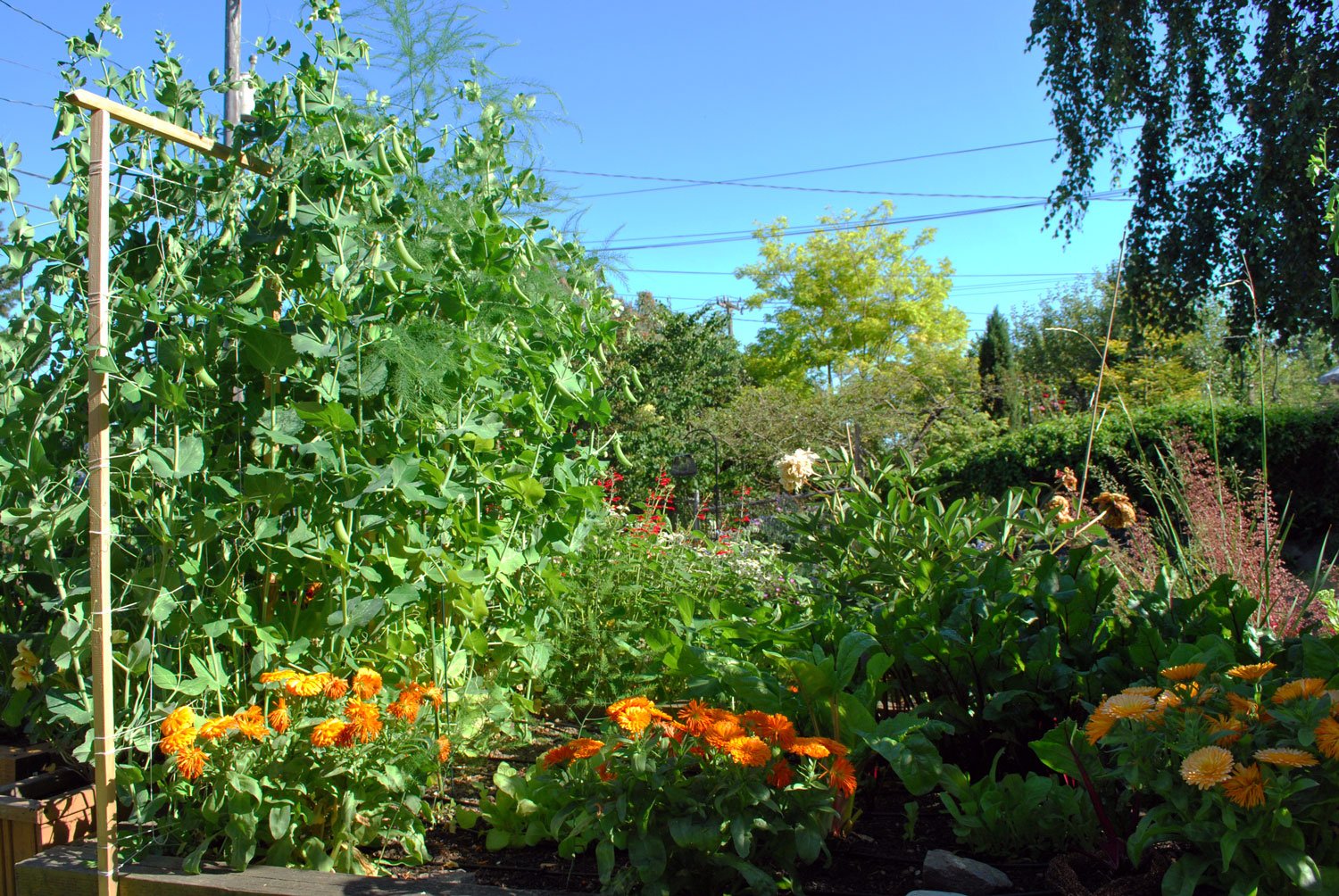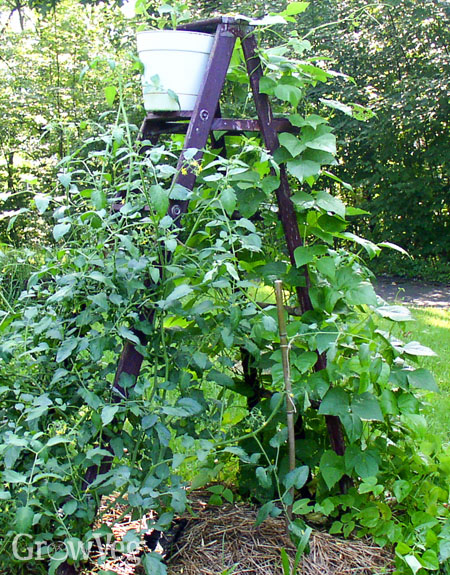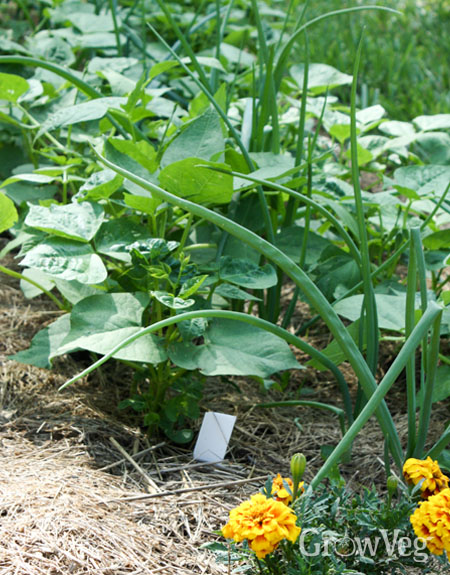The Ultimate Guide To Companion Planting For Runner Beans
The Ultimate Guide to Companion Planting for Runner Beans
Runner beans are a delicious and versatile vegetable that can be grown in most gardens. They are also a great choice for companion planting, as they can help to improve the growth and productivity of other plants in your garden.
In this guide, we will discuss the benefits of companion planting with runner beans, as well as some of the best companion plants for runner beans. We will also provide some tips on how to plant and care for your runner beans, so that you can enjoy a bountiful harvest.
Benefits of Companion Planting with Runner Beans
There are many benefits to companion planting with runner beans. Some of the most important benefits include:
- Improved pollination: Runner beans are pollinated by bees and other insects. Planting companion plants that attract these pollinators can help to improve the pollination of your runner beans, leading to a better harvest.
- Disease and pest control: Some companion plants can help to repel pests and diseases that can damage runner beans. For example, marigolds can help to deter aphids, and nasturtiums can help to repel whiteflies.
- Improved soil health: Runner beans are nitrogen-fixing plants, which means that they can help to improve the nitrogen content of your soil. This can benefit other plants in your garden, as they will have access to more nitrogen.
- Increased diversity: Companion planting can help to increase the diversity of plants in your garden. This can make your garden more attractive to pollinators and beneficial insects, and it can also help to reduce the risk of pests and diseases.
Best Companion Plants for Runner Beans
There are many different plants that can be companion planted with runner beans. Some of the best companion plants for runner beans include:
- Marigolds: Marigolds are a great companion plant for runner beans because they help to deter aphids, whiteflies, and other pests. They also attract pollinators, which can help to improve the pollination of your runner beans.
- Nasturtiums: Nasturtiums are another great companion plant for runner beans. They help to deter pests such as aphids, whiteflies, and squash bugs. They also attract pollinators, and they can help to improve the flavor of your runner beans.
- Carrots: Carrots and runner beans are a good companion planting combination because they help to improve the flavor of each other. Carrots also help to suppress the growth of root-knot nematodes, which can damage runner beans.
- Celery: Celery and runner beans are a good companion planting combination because they help to repel pests such as aphids and whiteflies. Celery also helps to improve the flavor of runner beans.
- Strawberries: Strawberries and runner beans are a good companion planting combination because they help to improve the pollination of each other. Strawberries also help to suppress the growth of weeds, which can compete with runner beans for resources.
How to Plant and Care for Runner Beans
Runner beans are a relatively easy plant to grow. However, there are a few things you need to do to ensure that they grow well.
- Planting: Runner beans should be planted in full sun. The soil should be well-drained and fertile. You can add compost or manure to the soil before planting to improve its fertility.
- Watering: Runner beans need regular watering, especially during hot, dry weather.
- Fertilizing: Runner beans should be fertilized every few weeks with a balanced fertilizer.
- Pest control: Runner beans are susceptible to a few pests, such as aphids, whiteflies, and spider mites. You can control these pests with insecticidal soap or neem oil.
- Harvesting: Runner beans are ready to harvest when the pods are plump and full. You can harvest the pods by snapping them off the plant.
Conclusion
Runner beans are a delicious and versatile vegetable that can be grown in most gardens. They are also a great choice for companion planting, as they can help to improve the growth and productivity of other plants in your garden.
By following the tips in this guide, you can plant and care for your runner beans successfully, and enjoy a bountiful harvest.
Runner beans are a delicious and versatile vegetable that can be grown in most gardens. They are also relatively easy to care for, making them a good choice for beginner gardeners.
One of the keys to growing healthy runner beans is companion planting. Companion planting is the practice of planting different types of plants together in order to benefit each other. There are many different companion plants that can be beneficial for runner beans, but some of the best include:
- Carrots: Carrots help to repel pests from runner beans, such as aphids and bean beetles.
- Cucumbers: Cucumbers and runner beans both love the same type of soil, so they can be planted together to help each other thrive.
- Lettuce: Lettuce helps to shade the roots of runner beans, which can help to prevent them from drying out.
- Marigolds: Marigolds help to repel nematodes, which are a common pest of runner beans.
If you are interested in learning more about companion planting for runner beans, I recommend visiting the website Gardenia Inspiration. This website has a wealth of information on the topic, including a list of the best companion plants for runner beans, as well as tips on how to plant them together.
FAQ of companion planting for runner beans
Question 1: What are the benefits of companion planting with runner beans?
Answer: There are many benefits to companion planting with runner beans. Some of the most common benefits include:
- Attracting beneficial insects: Some companion plants, such as nasturtiums and marigolds, attract beneficial insects that help to control pests. This can help to reduce the need for chemical pesticides.
- Disease suppression: Some companion plants, such as garlic and chives, have natural antifungal properties that can help to suppress diseases. This can help to keep your runner beans healthy.
- Improving soil quality: Some companion plants, such as legumes, fix nitrogen in the soil. This can help to improve the fertility of your soil and make it more productive.
- Providing shade: Some companion plants, such as corn and sunflowers, can provide shade for runner beans. This can help to protect the beans from the hot sun and prevent them from wilting.
- Competition reduction: Some companion plants, such as radishes and carrots, have different root systems than runner beans. This means that they do not compete for the same resources, which can help to improve the yield of both plants.
Question 2: What are some good companion plants for runner beans?
Answer: Some good companion plants for runner beans include:
- Corn: Corn provides support for runner beans to climb, and it also helps to suppress weeds.
- Marigolds: Marigolds attract beneficial insects that help to control pests. They also help to suppress soil-borne diseases.
- Nasturtiums: Nasturtiums attract beneficial insects that help to control pests. They also deter aphids and whiteflies.
- Potatoes: Potatoes help to suppress nematodes, which can be a problem for runner beans.
- Spinach: Spinach helps to suppress weeds and improve soil fertility.
Question 3: What are some plants that should not be planted near runner beans?
Answer: Some plants that should not be planted near runner beans include:
- Cucumbers: Cucumbers and runner beans compete for the same resources, so they should not be planted together.
- Peas: Peas and runner beans compete for the same resources, so they should not be planted together.
- Tomatoes: Tomatoes can spread a disease called verticillium wilt to runner beans, so they should not be planted together.
- Watermelons: Watermelons and runner beans compete for the same resources, so they should not be planted together.
Question 4: How far apart should runner beans be planted?
Answer: Runner beans should be planted about 18 inches apart. This will give them enough room to grow and spread.
Question 5: When should runner beans be planted?
Answer: Runner beans should be planted after the last frost date in your area. They will need warm weather to germinate and grow.
Image of companion planting for runner beans
- Image 1: Runner beans and nasturtiums. Nasturtiums help to deter pests from runner beans, and they also add a splash of color to the garden.

- Image 2: Runner beans and carrots. Carrots help to improve the soil's fertility, which benefits runner beans.

- Image 3: Runner beans and tomatoes. Tomatoes help to deter whiteflies from runner beans, and they also benefit from the nitrogen-fixing bacteria that live on runner bean roots.

- Image 4: Runner beans and marigolds. Marigolds help to repel nematodes, which can be a problem for runner beans.

- Image 5: Runner beans and chives. Chives help to deter aphids and other pests from runner beans.

Post a Comment for "The Ultimate Guide To Companion Planting For Runner Beans"